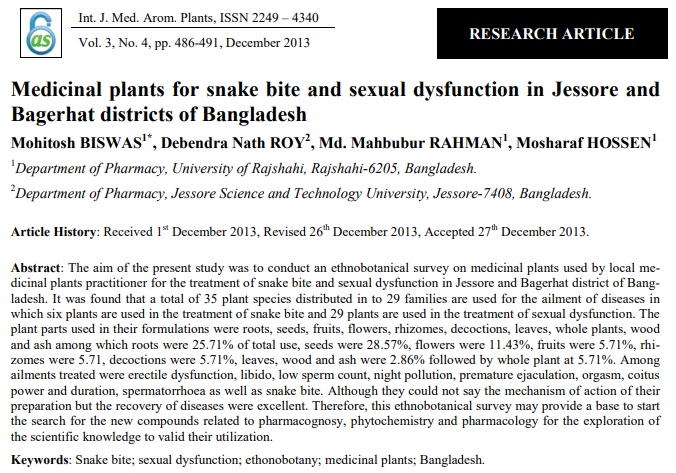Facilitators and barriers for retention in HIV care between testing and treatment in Asia— A study in Bangladesh, Indonesia, Lao, Nepal, Pakistan, Philippines and Vietnam
The need for efficient retention in HIV care is more evident than ever because of the expansion of earlier ART initiation and the shift towards ‘Test and Treat’. This study assesses factors affecting participation in the HIV care cascade among people living with HIV (PLHIV) in the Asia-Pacific Region. A total of 7843 PLHIV aged 18–50 years were recruited using targeted and venue-based sampling between October 1, 2012, and May 31, 2013, across 59 sites in 7 countries (Bangladesh, Indonesia, Lao People’s Democratic Republic (Lao PDR), Nepal, Pakistan, Philippines and Vietnam). Statistically significant associations between demographic and health system determinants, and various steps in the HIV care cascade were computed using a generalized structural equation model. A high proportion of PLHIV (40–51%) presented late for HIV care and delayed linkage to care in all seven countries. However, once PLHIV enrolled in care, retention in the various steps of the care cascade including adherence to antiretroviral treatment (ART) was satisfactory. The proportion still engaged in HIV care at 36 months post HIV diagnosis, varied from 78% in Nepal to >90% in Lao PDR. Similarly, the proportion of ART initiation who also were adherent to ART ranged from 91% in Bangladesh to >95% in Philippines/ Vietnam and from 70% in Lao PDR to 89% in the Philippines respectively. The following factors enhanced the likelihood of ART initiation and high adherence to HIV care and ART: good client-provider communication, high HIV treatment literacy, a referral from a health worker and TB/ HIV co-infection. The following barriers were identified: young age, sex work, imprisonment, transgender identity, illiteracy, rural residence, alcohol/ injecting drug use, perceived poor health status, lack of health insurance, fear of confidentiality breach, self-referral for HIV testing, and public hospital as the place of HIV diagnosis. HIV programme planners should ensure easy access to HIV testing and earlier linkage to HIV care among PLHIV. In addition, multiple socio-economic and health systems barriers need to be addressed along the HIV care cascade to reach the UNAIDS 90-90-90 target in the Asia-Pacific region.
Full text article available at:
https://pdfs.semanticscholar.org/03a0/816075d374577fabb45f6f33218fc76c0555.pdf


